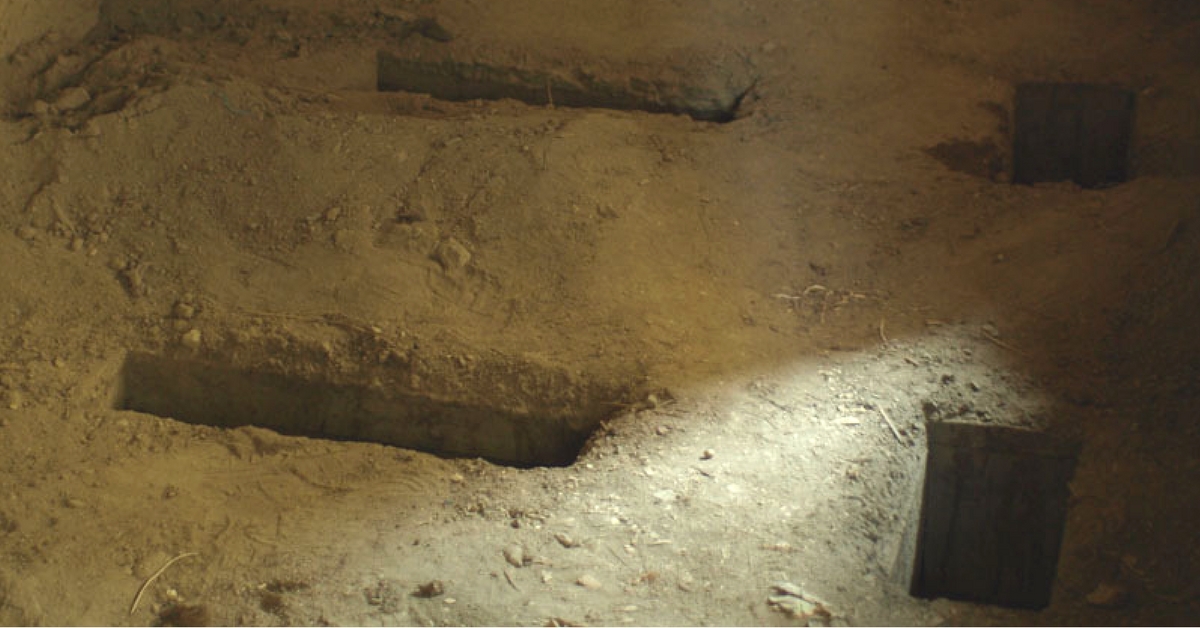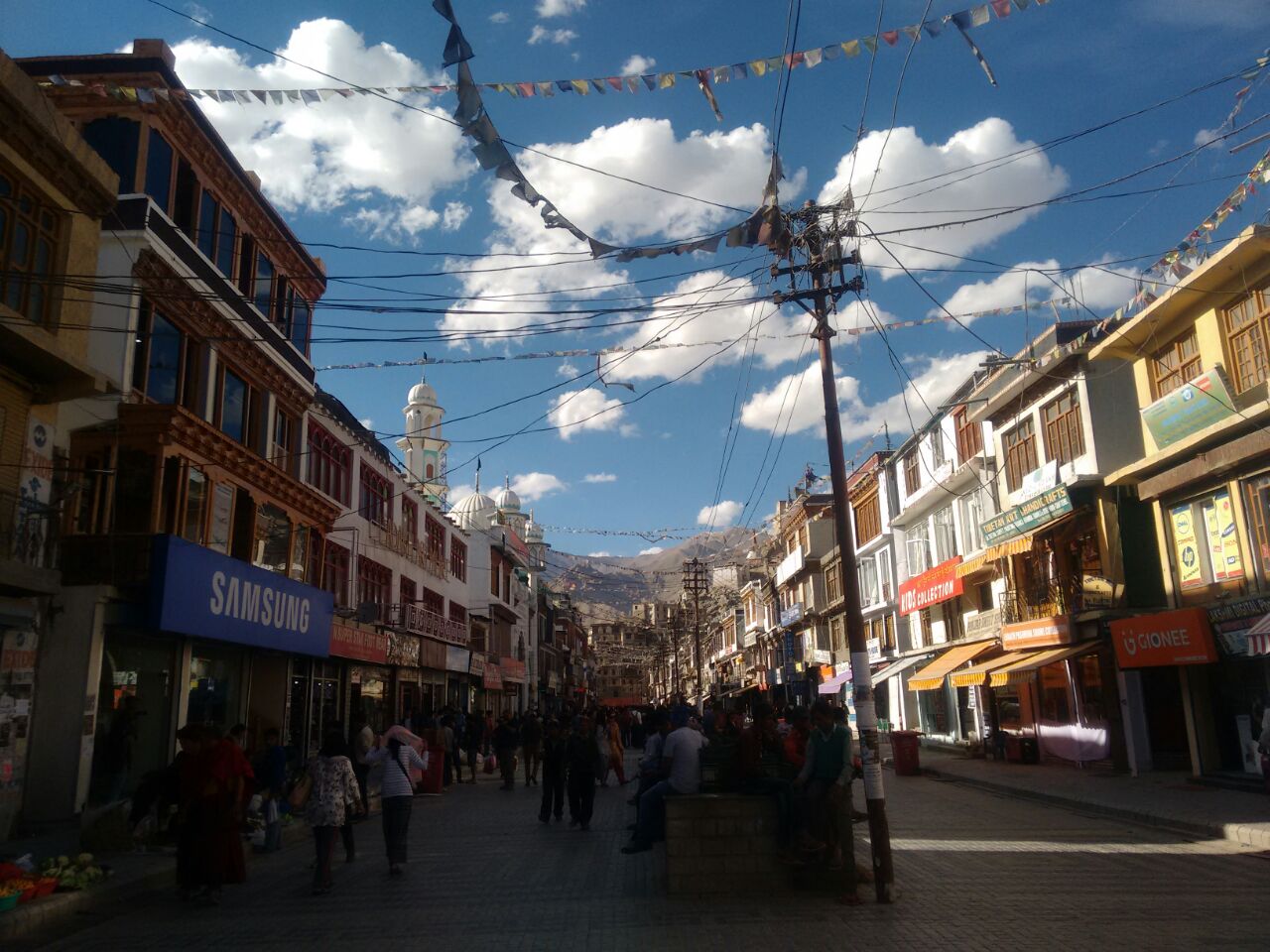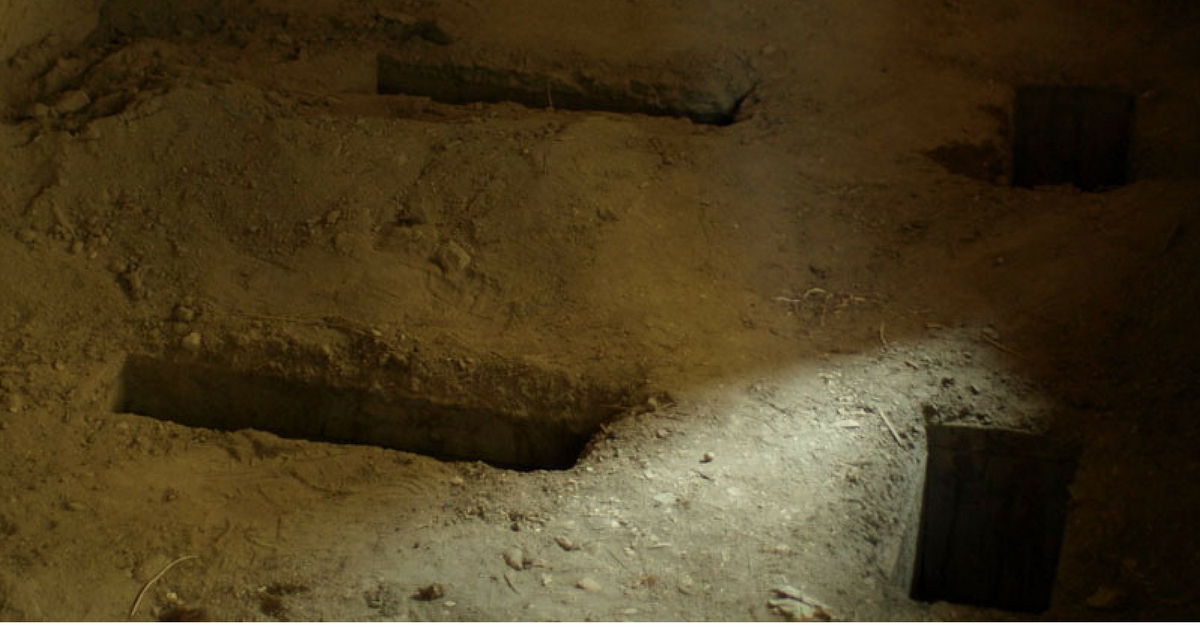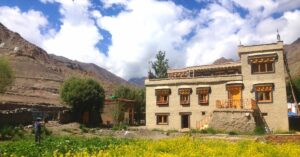When Tradition Triumphs Modernity: Ladakh’s Dry Toilets
Explosion in the number of tourists, and migrant labour inflow are putting a real strain on the region's water, despite the money they bring in.

Ladakh opened itself to the world in 1974 when the Government of India first allowed foreign tourists into this high-altitude region of the Himalayas flanked on either side by China and Pakistan. Since then, however, a lot has changed, and not necessarily for the better. For one, there has been a tremendous surge in the volume of tourists, both Indian and foreign.
Until the 1990s, the region did not see a major footfall in Indian tourists, and that demographic was primarily limited to families and relatives of Indian armed forces personnel stationed there.
That changed when Bollywood began to shoot their motion pictures with greater regularity in the region, notably Dil Se, and more recently 3 Idiots. However, the first Indian motion film to be shot in Ladakh was ‘Haqeeqat’, starring Balraj Sahni and Dharmendra. The 1964 motion picture was based on the Sino-Indian War of 1962.
In addition to those who visit the place to fulfil their ‘bucket list’ and click ceremonial selfies, the region attracts tourists for its religious monuments, adventure sports, rough biking routes and unique fauna.

The tourism season ostensibly begins in May. The influx, however, sees a sudden rush in June and peaks in July and August. By the end of September/first week of October, the tourist season comes to an end. Beyond October, fewer tourists visit the region in the winter months with attractions limited to the Chadar Trek over the frozen Zanskar river.
In addition to tourists, town like Leh have grown exceedingly congested with people from far flung areas migrating to it for better employment opportunities. In addition to migrants from other parts of Ladakh, in the summer months, the town also witnesses a massive inflow of migrant labourers too.
To service this influx of tourists and other migrants, the town and surrounding areas have come to witness an unhealthy surge in construction of concrete buildings, especially hotels, guesthouses, cafes and restaurants. This mushrooming of concrete structures is having a debilitating effect on water levels in the region.
There was a time when the water needs of the local population were serviced by water melting from glaciers perched in the upper reaches that would collect in streams traditionally called ‘tokpos’ or rivulets called ‘yuras’.
From 527 tourists in 1974, the number of tourists has surged to 2,35,482 in 2016. This is an exponential surge in tourist inflow anyway which one looks at it. And the resulting change in infrastructure, especially in and around Leh town, is having a devastating impact on the region’s delicate ecosystem. Scroll down the list of hotels and guest houses released by Ladakh’s tourism department for 2016, and one can gauge the sheer number of establishments in just Leh town.
Each room is attached with modern toilets and bathrooms, where water is expected to flow 24×7. To service them, owners have constructed deep borewells to extract groundwater. With minimal precipitation (50-100 mm annually), recharging groundwater is a real concern.
Read also: Water Scarcity? Ladakh Villages Are Building Artificial Glaciers to Fix the Issue!
This infrastructure explosion has further established a need for a full-fledged sewage system and treatment plants that will require more water. “Making matters worse is the absence of a Master Plan for major towns like Leh, which has witnessed a massive expansion in the past two decades,” says Nawang Tsering, a leading academic on the region and concerned citizen. “This is indeed a serious lapse on the part of authorities.”
Evidently, there are serious concerns over the lack of urban planning. However, in response to this looming water crisis, one potential solution is a return to tradition. Harking back to a time before the explosion of tourists, all households had a traditional dry toilet that requires little or no water. Many households still have them, but this is usually limited to family members.
“Each house has composting latrines consisting of a small room with a hole in the floor built above a vertical chute, usually one floor high. Earth and ash from the kitchen stove are added, thus aiding chemical decomposition, producing better fertiliser, and eliminating smells. Once a year the latrine is emptied at ground level and the contents used on the fields,” writes Helena-Norberg Hodge, a Swedish linguist, who has researched extensively about Ladakh, in her book Ancient Futures: Learning from Ladakh.
The process of emptying out these latrines is a communal affair. Households and their neighbours are involved in the process, and the waste that has decomposed is usually dry.

The waste is then transported to the fields, where it is used as fertiliser for the upcoming sowing season, which is usually around March-April. These dry toilets are especially useful in winter months when temperatures drop to minus 30 degrees Celsius, and water freezes.
Standing in front of the Mahabodhi International Meditation Centre, Leh, and one can see a poster that reads: “Traditional Ladakhi toilets do not waste or pollute water like water toilets, and they also produce useful manure for fields and trees. Please throw a shovelful of earth down the hole after each use.” These dry toilets are essentially both water-saving and useful in the winters.
Water-flush toilets, meanwhile, go against the very ecological fabric of the region, which anyway has very little water. Residents have begun pushing for dry toilets. In fact, changing travel patterns could also further this change, with tourists preferring to reside in homestays outside Leh town, seeking a more authentic local Ladakhi experience. A lot of these establishments have traditional dry toilets.
As per a recent study by Ladakh Ecological Development Group, the average tourist consumes about 75 litres a day, compared to 21 litres for locals. As a result of global warming, Ladakh’s glaciers are melting fast, posing a serious threat to the availability of water. The region has limited reservoirs of groundwater, and there is only so much people can extract from its rivers and streams. A return to tradition not just seems like a sensible idea but also a necessity in these times.
Like this story? Or have something to share?
Write to us: [email protected]
Connect with us on Facebook and Twitter.
NEW: Click here to get positive news on WhatsApp!
This story made me
- 97
- 121
- 89
- 167
Tell Us More
We bring stories straight from the heart of India, to inspire millions and create a wave of impact. Our positive movement is growing bigger everyday, and we would love for you to join it.
Please contribute whatever you can, every little penny helps our team in bringing you more stories that support dreams and spread hope.



















